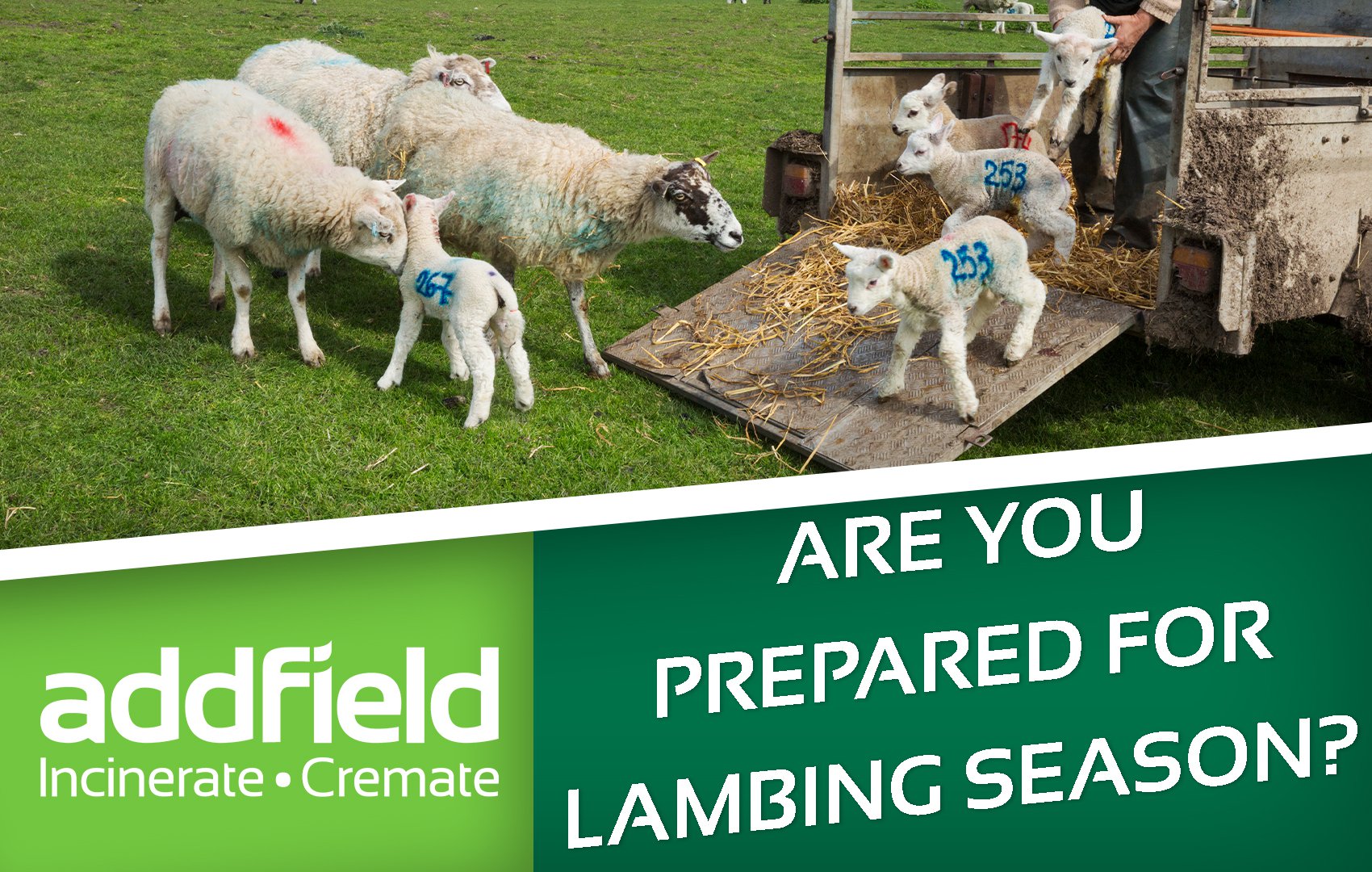What to expect with the upcoming lambing season?
Many farmers know the stressful time of year that is lambing season, there are many things to plan and prepare for months ahead. You need to factor in the possibility of diseases that could potentially devastate your farm during this period, making biosecurity a key focus.
Common diseases during lambing season.
Watery Mouth Disease (WMD) is a severe bacterial infection that can affect lambs at the very start of their life, with most cases of WMD occurring in the 6 to 48 hours of being born. The causes of WMD can be due to many things, from the ewe’s milk lacking nutrients like colostrum, stress, weather conditions or infection from contaminated tools or bedding.
The symptoms of WMD can be identified by the lamb showing signs of drooling, this is the most common symptom to look out for. The lamb may also appear more sluggish and more reluctant to feed.
If left untreated, WMD can cause malnutrition or death of the lamb.
Due to infection, if you have a lamb showing these signs, fast action is required to prevent putting the rest of your livestock at risk.
Bluetongue Virus has spread this year.
Bluetongue Virus (BTV) is a virus transmitted by Ceratopogonidae (biting midges) which is a family of insects that are usually around Europe in the Autumn season. You are probably wondering how this can affect lambing season which usually takes place around Spring time. BTV can infect lambs before they’re born if the ewe is infected while pregnant.
Farmers have been advised that if their lambs are born small or with deformities or are stillborn, there could be a chance that they were infected with BTV in utero.
Although BTV cannot affect humans, outbreaks of the virus on many UK farms can cause problems with trade restrictions. This highlights the importance of biosecurity not just during lambing season but year-round.
2024 saw an increase of the virus spreading across many British farms, and not only affecting lambs or sheep, but also cattle, goats, deer, and even alpacas.
Prepare yourself.
There are many other diseases that can cause issues during lambing season, and while every farm will have their own obstacles to overcome, it’s in everyone’s best interest to be prepared and bio secure. Make sure supplies have been stocked and easily accessible. Provide clean and disinfected lambing sheds and pens to minimise bacterial infections like WMD.
Act quick when disposing of contaminated materials or carcasses, to reduce the risk of spreading diseases, keep your farm clean and saving you time in the long run.
Addfield have worked with many farmers in over 40 years of being in the industry, and we understand the importance of being organised when it comes to lambing season. Many farmers opt for onsite incineration with an Addfield agricultural incinerator when disposing of lamb carcasses, as it offers them convenience, savings on cost & up to 40% on fuel and gives them more time to focus on their remaining livestock.
Act fast now and speak to an agricultural incineration expert today or discover our range of machines: https://addfield.com/machine-categories/animal-incinerators/




